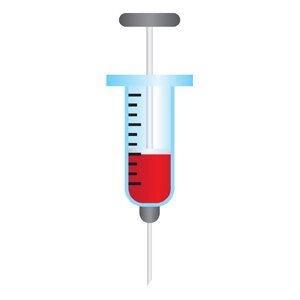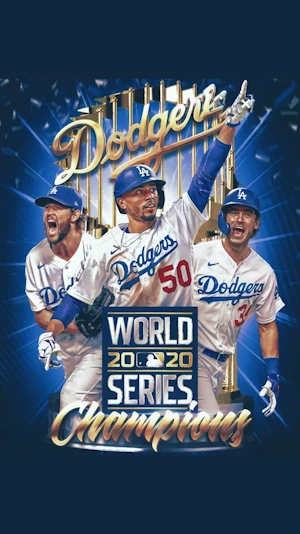 So as I was listening to the first part of the game tonight, I heard Vin mention that Chad Billingsley is having a form of Platelet Rich Plasma (PRP) therapy to help his ailing elbow. I happen to know a little about PRP, as I’m set to undergo the procedure myself in just under two weeks. Important note: I am NOT a doctor…this is a layman’s assessment of PRP for the purposes of this blog post and nothing more.
So as I was listening to the first part of the game tonight, I heard Vin mention that Chad Billingsley is having a form of Platelet Rich Plasma (PRP) therapy to help his ailing elbow. I happen to know a little about PRP, as I’m set to undergo the procedure myself in just under two weeks. Important note: I am NOT a doctor…this is a layman’s assessment of PRP for the purposes of this blog post and nothing more.
For me, I have a degenerative tendon in my knee that just isn’t healing through traditional physical therapy. I also love to run, and being in my early 40s and not able to do so just isn’t an option that I want to consider right now. Fortunately my sports medicine doctor (who also happens to be a team physician for the Seattle Mariners) knows the PRP procedure, and we decided it was something to consider after much discussion.
Here’s what it is (per the info I’ve received from my doctor’s office): “PRP is an emerging treatment in a new health sector called ‘Orthobiotics.’ The philosophy is to merge cutting edge technology with the body’s natural ability to heal itself. Blood is made of RBC (Red Blood Cells), WBC (White Blood Cells), Plasma and Platelets. Platelets were initially known to be responsible for blood clotting. In the last 20 years, we have learned that when activated in the body, platelets release healing proteins called growth factors. There are many growth factors with varying responsibilities, however cumulatively they accelerate tissue and wound healing.” With PRP, blood is drawn from the patient, “spun” until it’s rich in the good healing platelets, and then those platelets are injected back into the patient’s ailing part (in my case, my tendon).
Interestingly, PRP was initially used over 20 years ago in the dental field to enhance wound healing in cancer patients with jaw reconstruction. Soon afterwards its applications extended across many fields of medicine from cardiovascular surgery to orthopedics.
It’s not a treatment that works 100% of the time (and it apparently hurts a lot), but it doesn’t take a lot of time, has a relatively quick recovery period when compared with surgery and is popular with many pro athletes. In addition to Bills, I read today that David Ortiz is having a version of this treatment done. Other athletes that are reported to have had similar treatments include Kobe Bryant, Rafael Nadal, Hines Ward, Alex Rodriguez and Tiger Woods, among others. Jonah Lehrer at Grantland and Elizabeth Lopatto at BusinessWeek both wrote great overviews of PRP that I highly recommend.
Anyway, this is probably more information on PRP than you really wanted, but given Billingsley’s treatment and the popularity of it among pro athletes, I suspect it’s something we’re going to be hearing a lot about in the years to come.
Oh, and I’ll also keep you posted on my experiences with PRP in the coming weeks…it should be interesting!


